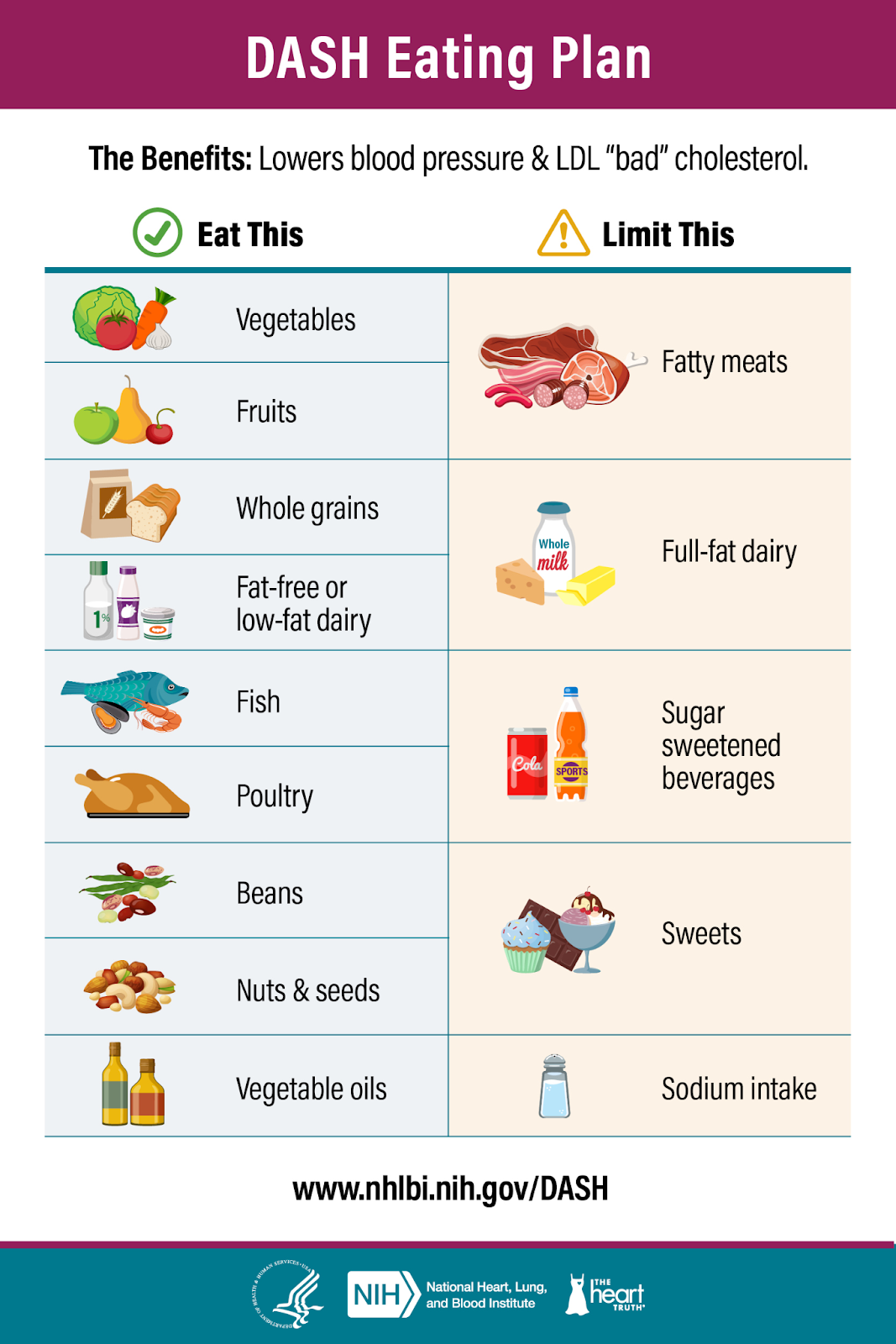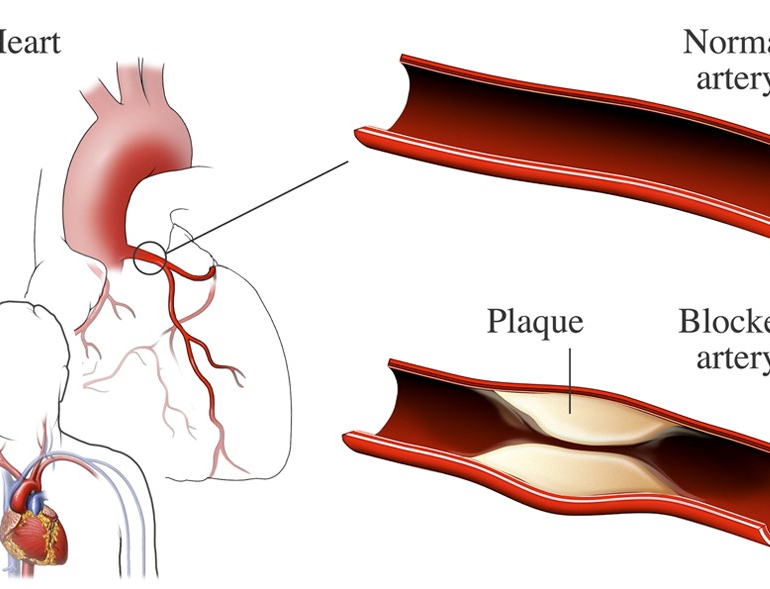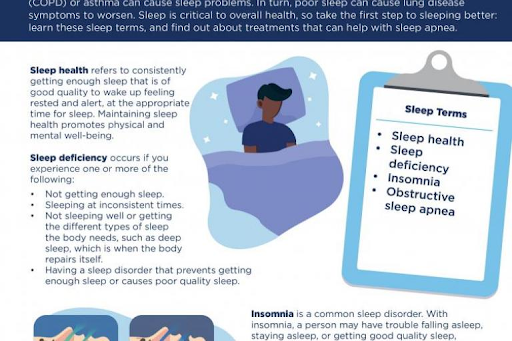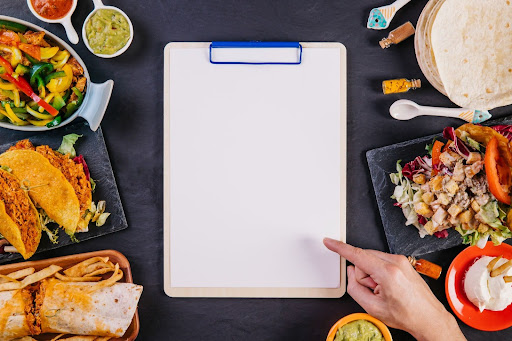The DASH eating plan requires no special foods and instead provides daily and weekly nutritional goals. This plan recommends:
Eating vegetables, fruits, and whole grains
Including fat-free or low-fat dairy products, fish, poultry, beans, nuts, and vegetable oils
Limiting foods that are high in saturated fat, such as fatty meats, full-fat dairy products, and tropical oils such as coconut, palm kernel, and palm oils
Limiting sugar-sweetened beverages and sweets
Based on these recommendations, the following table shows examples of daily and weekly servings that meet DASH eating plan targets for a 2,000-calorie-a-day diet.
| Food Group | Daily Servings |
|---|---|
| Grains | 6–8 |
| Meats, poultry, and fish | 6 or less |
| Vegetables | 4–5 |
| Fruit | 4–5 |
| Low-fat or fat-free dairy products | 2–3 |
| Fats and oils | 2–3 |
| Sodium | 2,300 mg |
| Weekly Servings | ||
|---|---|---|
| Nuts, seeds, dry beans, and peas | 4–5 | 1,500 milligrams (mg) sodium lowers blood pressure even further than 2,300 mg sodium daily. |
| Sweets | 5 or less |
|




